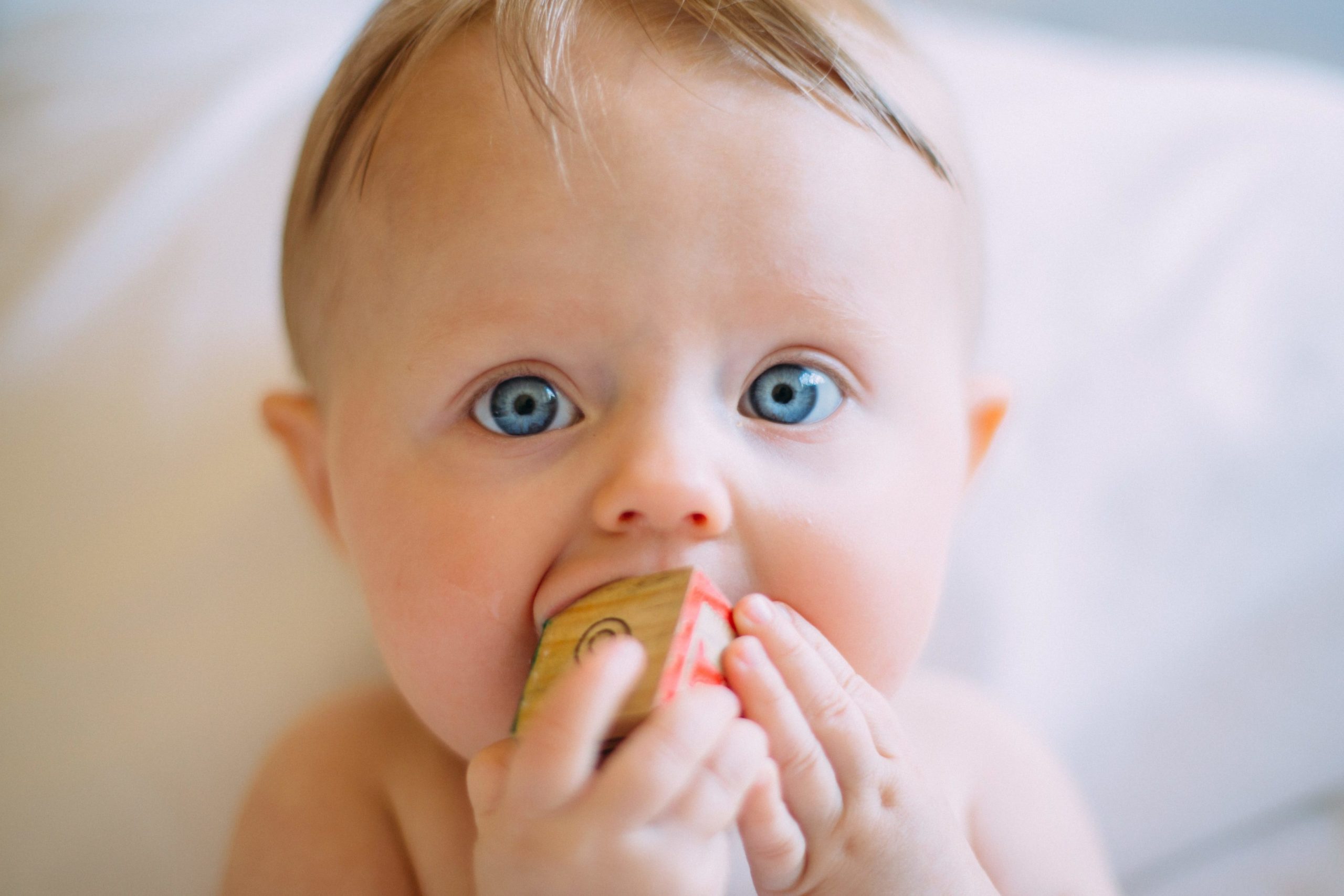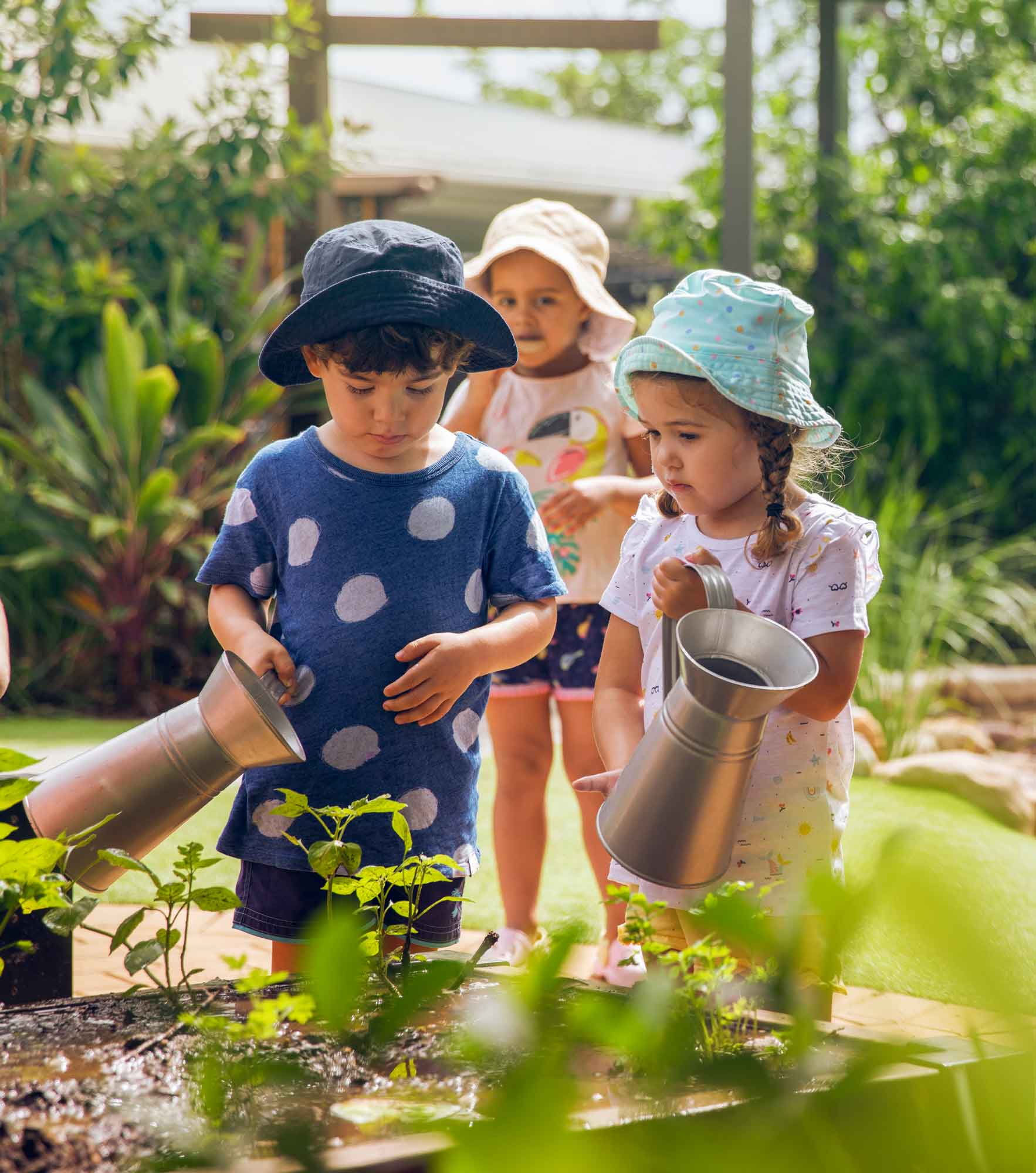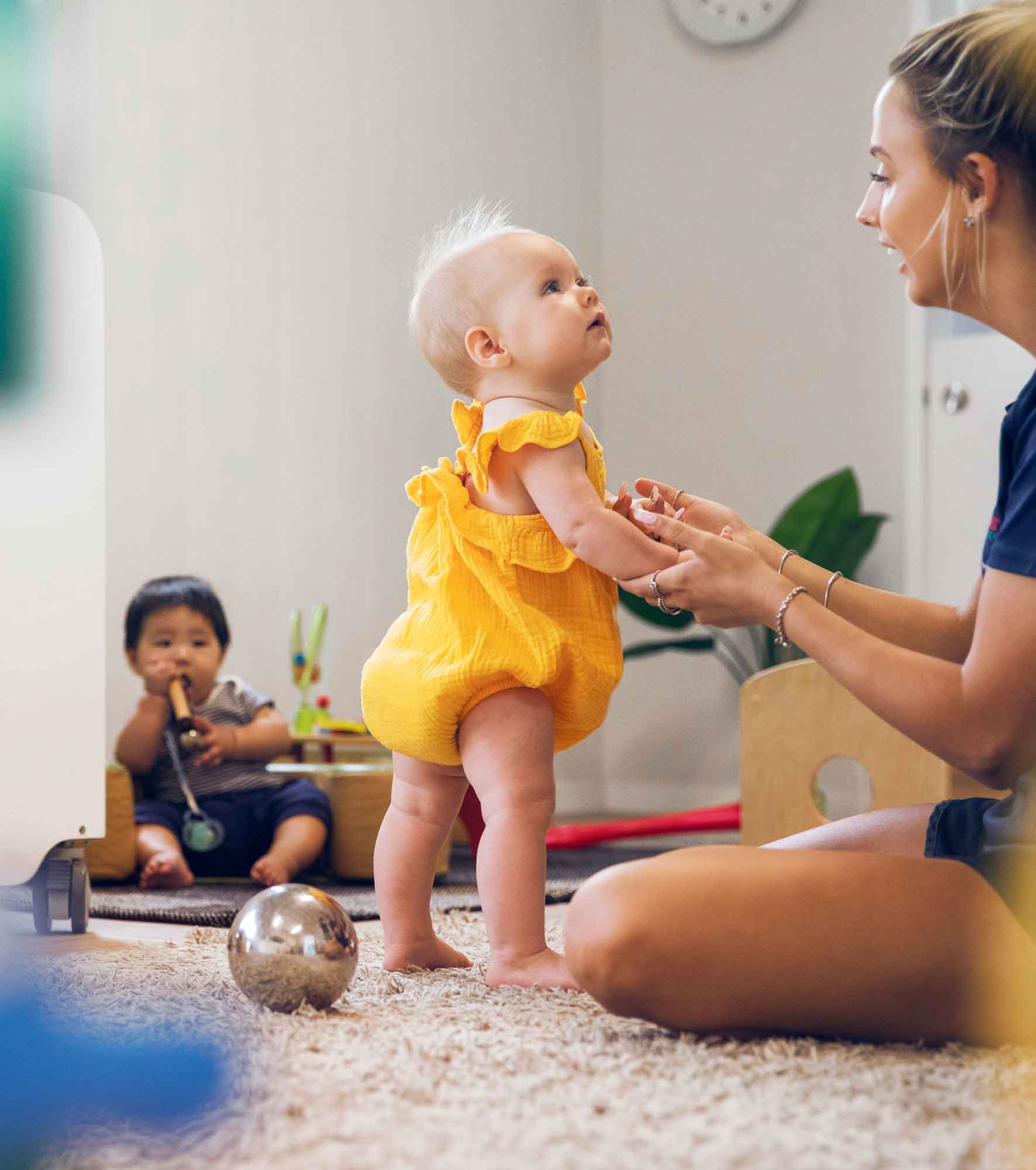Separation Anxiety In Babies: The Parents Guide

Your child starting preschool is a major step in their life. Not only is this the start of their educational journey, but it will also likely be the first time that they have spent any significant time apart from you. Every parent who has done this before will tell you how hard it can be leaving your child on that first day, but it can also be hard for babies.
However, separation anxiety in babies is an entirely normal stage of development and is something that most will grow out of by the time they are three.
What is separation anxiety in babies?
While separation anxiety is very common, in some children, it can manifest itself into a more serious condition known as Separation Anxiety Disorder (SAD). The condition can vary between children, but some of the most common symptoms include:
- Regular distress when being away from home or their primary caregiver
- Regularly clinging to their primary caregiver
- Having extreme temper tantrums when apart from them
- A fear of strangers and new people
- A need for their caregiver to be close when going to sleep
- Immediately crying for their caregiver when they wake up.
What is the cause and background of separation anxiety?
Life is one big journey, and we are all learning every day. However, for children, that learning curve is incredibly steep. As they learn about the world around them, the one constant that remains the same for your child is you.
That means when you’re not around, it’s only natural that they’ll feel some anxiety, particularly when they are very young. However, research has shown that there are several factors that play a part in developing Separation Anxiety Disorder, including:
Genetics
Research has shown that there is a possible link between a child developing Separation Anxiety Disorder and parents who had a history of anxiety, depression and panic attacks.
Gender
Gender is also a possible contributor to developing SAD, with studies finding that girls were more likely to develop separation anxiety than boys.
Relationship with parents
The relationships children have with their parents can also play a major role in the development of SAD. Parents who are more overcontrolling, overprotective or overcritical in their parenting style are more likely to have children who develop some form of separation anxiety.
Life events
Major events can also trigger separation anxiety in babies. This could be a major change in their routine, a change in family structure such as divorce or death, or moving home.
How to handle separation anxiety in babies?
Whatever the cause might be, it is important to remember that separation anxiety in babies is completely normal and is part of their journey in life. However, no parent wants to see their child upset and crying. That is why there are steps you can take to help them get used to you not being around:
Practice separation
One good tip is to get your baby used to you not always being around. To begin with, this could simply be a game of peekaboo, which helps to reinforce the fact that you will always return. You could also try sending some of their toys away on a journey for a short while before reuniting them.
As they get more used to this, you could then try leaving them with other people that they know and trust.
Create a ritual
Having a routine is incredibly important for young children. That is why you should establish a ritual every time you leave them, such as giving them a hug and a kiss or a big wave before you go. This helps them to identify that you are leaving, but will be coming back. Sneaking out when they are not looking can be far more worrying for them.
Don’t draw it out
While creating a goodbye ritual can ease your child’s worry, make sure you are not prolonging it. Most babies will cry when their parent leaves, but they will stop soon enough. However, hanging around will just extend their anguish.
How to make drop off at childcare easier?
The first time you leave your loved one at childcare can be tough on both you and your child. Thankfully, though, there are several tips to remember to make the process easier:
0-7 months
Very young babies need comforting, love, and good basic care, and while it can be a difficult period, patience will ensure that the transition from parent to childcare worker is soon enough.
7-12 months
This is the period when children typically develop stranger anxiety, making them more reluctant to be around anyone other than their immediate family. If your child is struggling, try to ease them into childcare by establishing your goodbye ritual and being consistent.
12-24 months
Separation anxiety typically peaks at this age as your child might not believe you when you say you will return. This is the point that you need to be firm but reassuring, and when you do say goodbye each day, make sure you try not to return until pickup.
How to handle separation anxiety at night?
Although separation anxiety in babies typically occurs when leaving them at their childcare provider, it can also happen at bedtime. Keeping a clear bedtime routine is essential to help reduce this, and you should also put your child to bed when they are drowsy but still awake.
If they stir in the middle of the night, try to resist the urge to pick them up and keep your visits as brief as possible. Regularly cuddling them through the night can reinforce their late-night awakenings.
Giving them the best start on the journey of life
Here at Journey, we know how tough separation anxiety can be. That is why we believe in creating warm and welcoming learning environments that help your child to discover the world around them in a fun, inspiring and engaging way.

